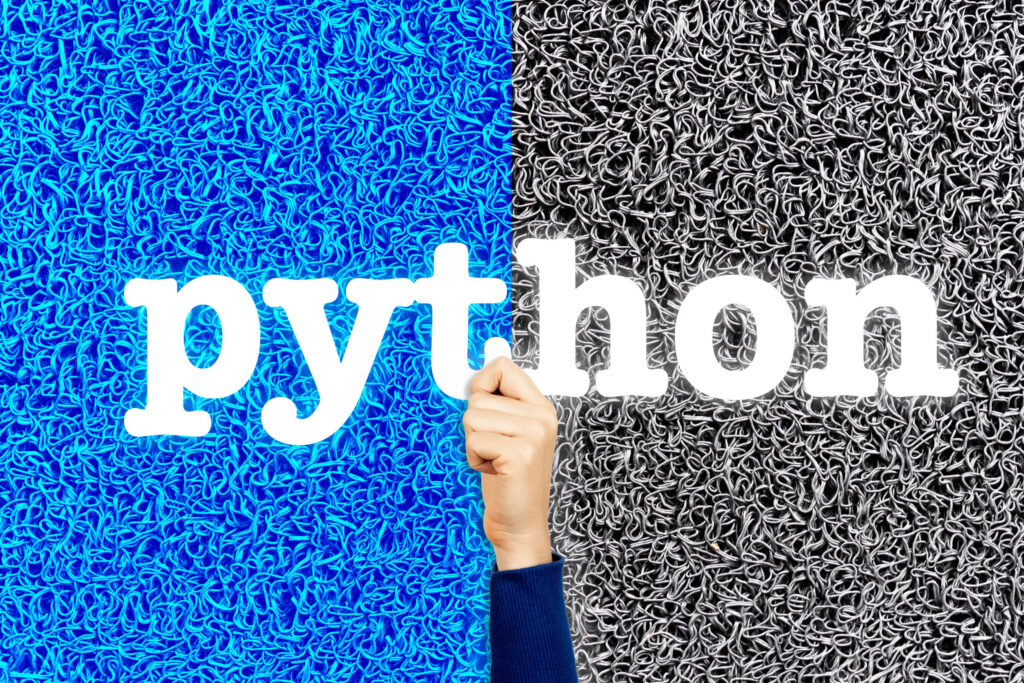What is Python? Why is it Killing the Competition?

Python is a general-purpose, high-level programming language (PL) created by Guido van Rossum in the 1980’s. It started as a hobby project meant to improve on a previous one he also helped conceive—the ABC programming language. From its first official release in 1991, Python has gone through several versions, and is continually growing through the facilitation and support of PSF (Python Software Foundation). Fun fact: Its name was actually dubbed from the comedy series “Monty Python’s Flying Circus”, which Van Rossum liked a lot.
Right now, Python is non-venomously, swiftly striking past other popular PLs in the software development community, as observed through the following:
- Insights from Stack Overflow 2019 Annual Developer Survey confirm that it is indeed the fastest-growing major programming language. While JavaScript kept its place as the most-commonly-used PL for the seventh year in a row, Python edged out Java in overall ranking just as it did C# and PHP in the previous years. It stands as the second most-loved language after Rust, and is the most-wanted language for the third year in a row.
- SlashData now finds a total of 8.2 million Pythonistas or Python-loyal programmers, surpassing the 7.6 million developer count for Java coders. Consider that only last September, Java programmers exceeded Python’s by a half a million.
- Coding Infinite says that all PLs fell down from 2018 to 2019 except Python, which has steadily climbed the popularity ladder for the last five years.
- Hackernoon estimates that Python has thrice risen in the ranks since 2007 (TIOBE Index); its tutorials are the ones most actively searched for, and it has the largest amount of growth since 2015 (PYPL Index). Python comes third among the most contributed languages across private, open-source, and public GitHub repositories in 2018, and second among most contributed languages based on the second quarter of 2019 (Octoverse).
How is it killing the competition
The most likely reason which helps Python to successfully ambush its way to the top of the PL list is its being lean, as most developers describe it. Being lean means it has less code; thus, is easy to learn and understand, and brings fewer errors. Leanness reduces testing and maintenance costs, hastens development time, and increases productivity. Moreover, Python has spawned great community support over the years, and offers an extensive library of high-quality solutions with open and free-to-use detailed documentations. This makes it painless to integrate into and adapt to other technologies, especially compared with Java or C. According to experts cited by Coding Infinite, Python will doubtlessly swallow Java and C in three to four years if it keeps its current pace.
What kinds of applications and industries use Python
Python’s value has risen parallel to the emergence of intelligent automation. It can adjust well and work seamlessly with multiple languages, frameworks, hardware, architecture.today’s modern-day technologies like AI, data science, machine learning, networking, Big Data, and hacking.
Some of the industries that are using it include the arts, business, education, engineering, government, scientific research, and software development. It is also an integral part of tech processes like machine learning, data analytics, data processing, web development, and enterprise software development.
Software engineers that specialize in AI and data science name Python’s agility, simplicity, and stability as their prime reasons for choosing it. Developers also rely on the Python-loving community of experts in case they run into difficulty during coding.
There are other advantages that Python provides:
Flexibility and scalability: Tech giants like Instagram, Netflix, and Google rely on Python every time they have to expand and/or scale.
Security: There are built-in tools that allow you to build a well-secure app from the start.
Versatility: Python can also be used for all sorts of software development projects from MVPs, e-commerce platforms, to mHealth apps.
Easy integration: Python works well with other languages including competitors Java and C++.
Python is the go-to programming language for emerging hot development such as artificial intelligence, machine learning, data science, and natural language processing. One thing that makes clear: Python won’t disappear in the near future.